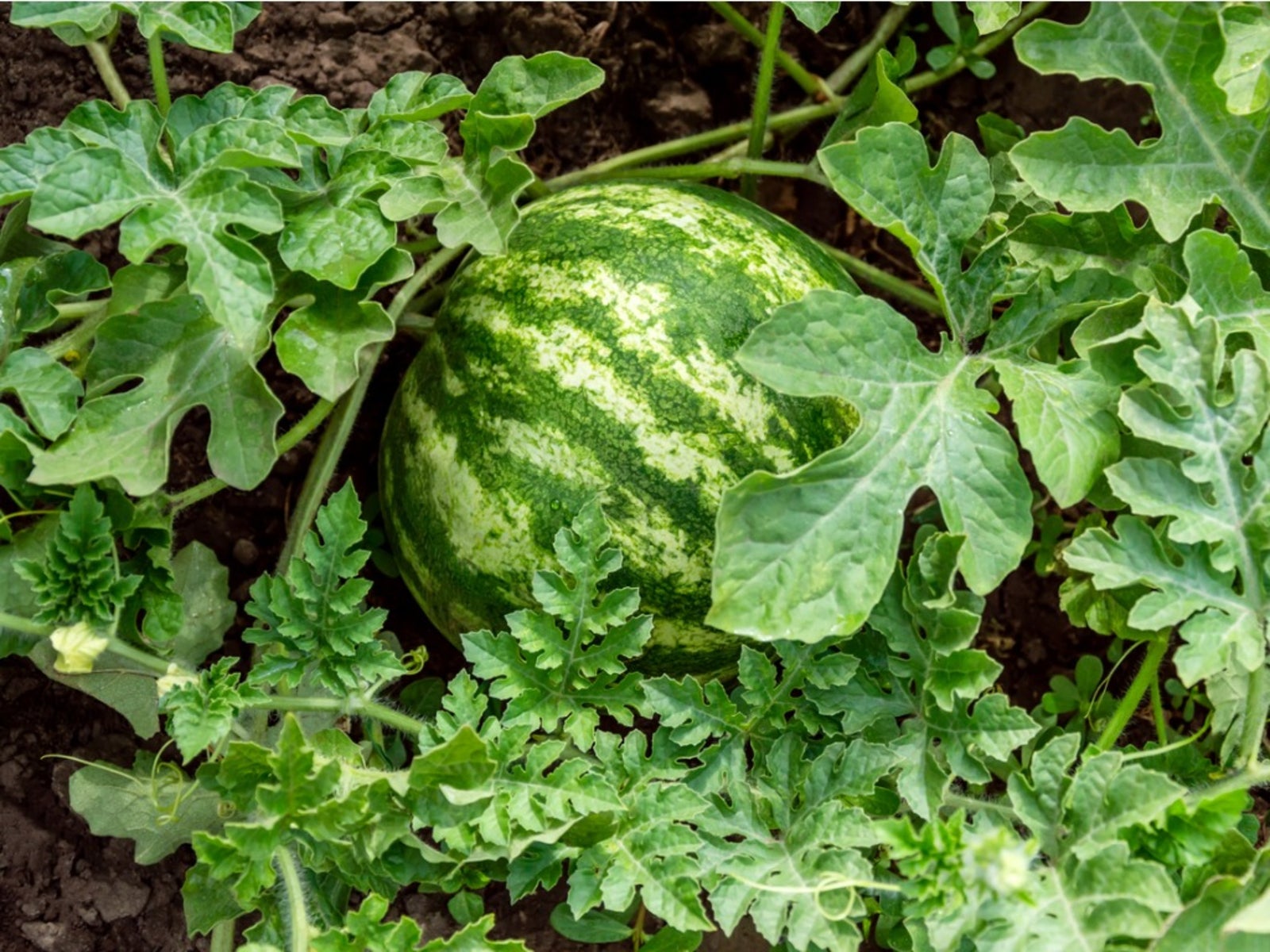Watermelon Diplodia Rot: Managing Stem End Rot Of Watermelon Fruits


Growing your own fruit can be an empowering and delicious success, or it can be a frustrating disaster if things go wrong. Fungal diseases such as diplodia stem end rot on watermelons can be especially disheartening as the fruits you’ve patiently grown all summer suddenly seem to rot right off the vine. Continue reading to learn more about recognizing and treating stem end rot of watermelon plants.
Watermelon Diplodia Rot
Watermelon diplodia is a fungal disorder, spread by Lasiodiplodia theobromine fungi, that generally results in post-harvest crop loss of watermelon, cantaloupe, and honeydew. Symptoms appear from mid to late summer and can run rampant in humid semi-tropic to tropical locations, when temperatures steadily linger between 77 and 86 degrees F. (25-30 C.). At 50 degrees F. (10 C.) or below, fungal growth goes dormant. Symptoms of watermelons with stem end rot may first appear as discolored or wilted leaves. Upon closer inspection, browning and/or drying of the stem ends is apparent. Fruit may develop water-soaked rings around the stem end, which gradually grow into large, dark, sunken lesions. The rind of watermelons with stem rot is usually thin, dark, and soft. As the stem ends rot, dark black patches may form in the decayed lesions. This disease will still grow and spread in post-harvest storage. Proper sanitary practices can reduce the spread of fungal diseases. Infected fruits should be removed from the plant as soon as they are spotted to redirect energy to healthy fruit and reduce the spread of diplodia stem end rot. Infected fruits may just fall off the plant, leaving the stem still hanging on the plant and a dark rotted hole in the fruit.
Managing Stem End Rot of Watermelon Fruits
Calcium deficiencies contribute to a plant’s vulnerability to diplodia stem end rot. In melons, calcium helps build thick, firm rinds while also regulating salt and activating available potassium. Cucurbits, such as watermelon, tend to have high calcium demands and become more susceptible to diseases and disorders when this nutrient need is not met. During high temperatures, plants can lose calcium from transpiration. This oftentimes occurs as fruit is setting and the result is weak, sickly fruit. Applying calcium nitrate regularly through the growing season is recommended for healthy watermelon plants. Watermelon diplodia rot is more prevalent in warm, humid climates where it does not get killed off by winter frosts, but in some climates, it can overwinter in garden debris, fallen leaves, stems, or fruit. As always, thorough garden sanitation between crops and utilizing crop rotation will help prevent the spread or reoccurrence of stem end rot of watermelon plants. Harvested fruits should be checked regularly for rotting near the stem and discarded if the disease is present. Tools and storage equipment should also be washed with bleach and water.
Gardening tips, videos, info and more delivered right to your inbox!
Sign up for the Gardening Know How newsletter today and receive a free copy of our e-book "How to Grow Delicious Tomatoes".
-
 How To Make A Bouquet Garni Or Herb Bundle For Cooking
How To Make A Bouquet Garni Or Herb Bundle For CookingIf you’re a great cook, you may have made an herb bundle before. If this is a new idea, learn how to add sparkle and interest to your dish with a bouquet garni.
By Amy Grant
-
 ‘Coral Charm’ Peony Care For Sublime Semi-Double Peonies With Lush Salmon Pink Flowers
‘Coral Charm’ Peony Care For Sublime Semi-Double Peonies With Lush Salmon Pink FlowersPeonies are known for their soft baby pink or magenta tones, but if plushy coral blooms are your thing, here’s our guide to the ultimate ‘Coral Charm’ peony care
By Tonya Barnett